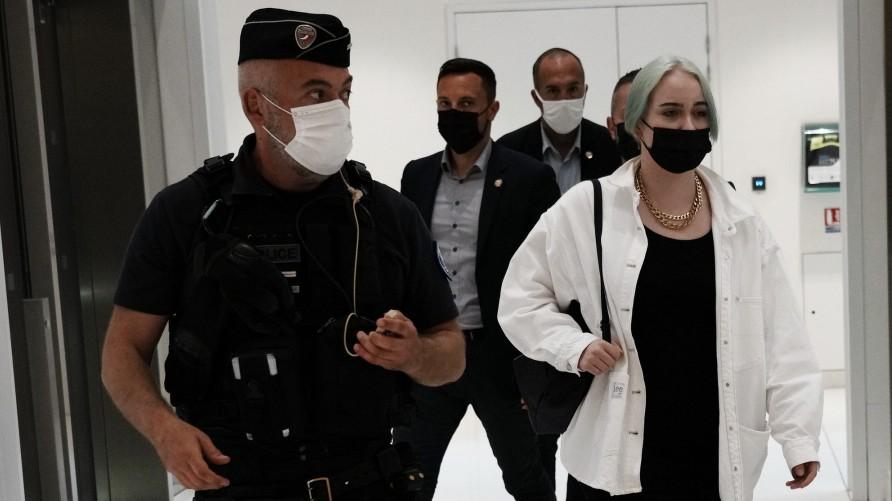
As of this month, 13 people are on trial in Paris. They are said to have sent the then 16-year-old Mila violence and death threats online as punishment for a supposedly blasphemous video on the Instagram platform. The process attracted worldwide attention because it shows the consequences for a supposedly anonymous lynch mob and because it shows that the right to blasphemy still has to be defended today.
At the beginning of 2020, Mila, as she is now known for her protection, published a video in response to an insult directed at her and her sexuality, in which she cursed Islam, the religion of the insulting person. As a result, Mila received numerous hate messages that desired or even threatened her with violence, rape and murder. Mila then had to change schools and could no longer leave the house without personal protection. French President Emmanuel Macron also got involved in the public debate about whether it is okay to criticize or insult religions. He, along with other politicians, backed the teenager and affirmed that there was a right to blasphemy and that young people should be better protected against online bullying.

Online bullying is also what the court is charging the 13 defendants, reportedly ten men and three women, aged between 18 and 30. For Mila's lawyer, Richard Malka, who had also defended the editors of the satirical magazine Charlie Hebdo, the trial revolves around digital terror, which is carried out by a whole group against a young person. If there are convictions, the accused, some of whom reacted with surprise when they were tracked down despite supposedly anonymously written hate messages, face up to three years in prison and fines. All 13 are said to have no prior convictions.
Mila is 18 today, has received over 100,000 hate messages and is releasing a book about her experiences on June 23, 2021. In the book, she, who mostly talked about make-up and styling before the start of the event under discussion, discusses the course of the incident, her current life, in which she cannot go out on the streets unrecognized and sometimes further threatened, and gives bleak prospects for the future price. She sees her youth as lost and fears that in five years she may be maimed or killed.







